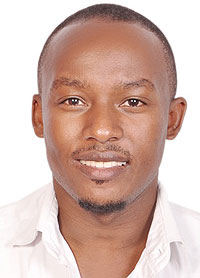Killing pregnant women over cows is primitive
LIBERATION DAY is around the corner. Just like the recent genocide commemoration day, this milestone also provides us with a moment for reflection.

Lonzen Rugira

